
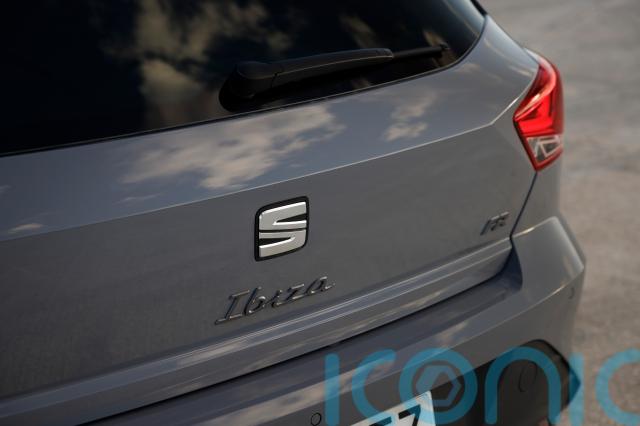
For the past few years, Seat has been in the shadows. Forgotten and pretty much unloved, the spotlight had been redirected to its sister brand Cupra.
But now the Volkswagen Group has decided to give its Spanish brand a little bit of love. It has repositioned it as the entry marque in its portfolio, mapped out its future (for at least the next five years), and will target younger buyers. The Ibiza is key to this plan, and to coincide with this reinvigoration the supermini has been updated for 2026. This is our first drive of it.

Not a lot to be brutally honest. While there’s now some much-needed energy around the Seat brand, the updates to the Ibiza (and Arona small SUV) are limited – Volkswagen has clearly kept an eye on the purse strings and hasn’t gone mad.
So, it has had the smallest of facelifts with a restyled grille, tweaked front and rear bumpers, new headlights, and a smattering of new colours and wheel designs. There are some specification changes on the inside.
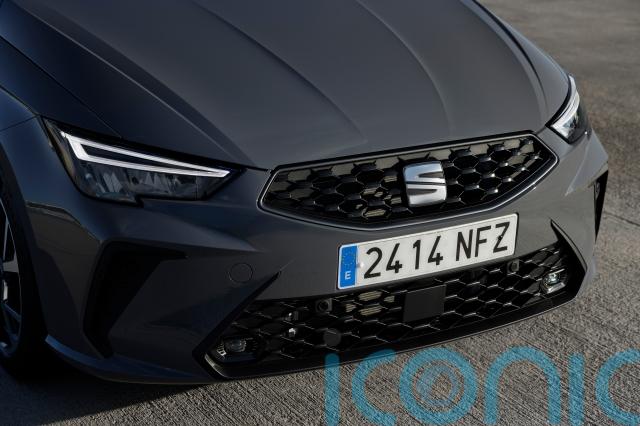
It’s exactly the same as before, so there’s the choice of a 1.0-litre, three-cylinder turbocharged petrol TSI engine with 94bhp paired with a (gasp) five-speed manual gearbox, or a 114bhp version. The latter comes with a six-speed manual or a seven-speed DSG automatic.
It’s all kind of 2017, which is unsurprising as that’s when this generation of Ibiza launched. Mild-hybrid versions join the range in 2026.
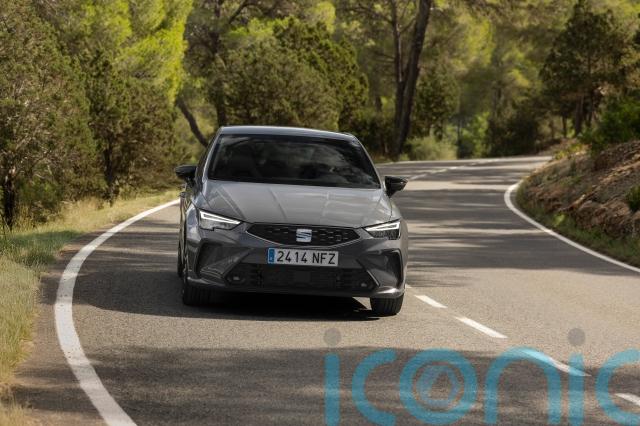
It’s easy to pour scorn on the Ibiza’s near-decade-old design and mechanicals, but the big bonus in being an older model is that it’s great to drive.
This generation of Ibiza always ran the Ford Fiesta close in terms of having fun behind the wheel. Now, with the Fiesta dead, the Ibiza has an easier time of it. The steering is pretty communicative, it feels light and chuckable on a country road, and just has a sense of engagement that newer superminis lack. A slightly stiff ride just adds to the fun.
You might think that it being an older design, the Ibiza would have lost some of its refinement, but it hasn’t. Under hard acceleration, the three-cylinder engine does get a bit raucous, but, in normal driving, it’s perfectly pleasant. The Ibiza is also pretty quiet on the motorway.
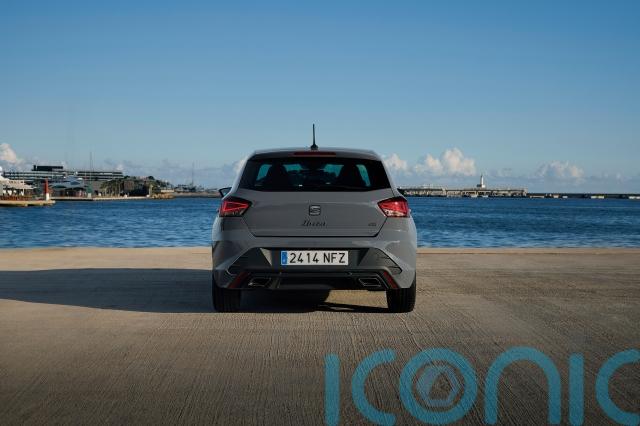
It may be a very light facelift but it has underlined what a good-looking little car the Ibiza is. It’s well proportioned and successfully manages to look like the larger Leon’s baby brother, despite that car being a good few years younger. Somehow, with its creases and sharp angles, the Ibiza manages to look like a car of the 2020s.
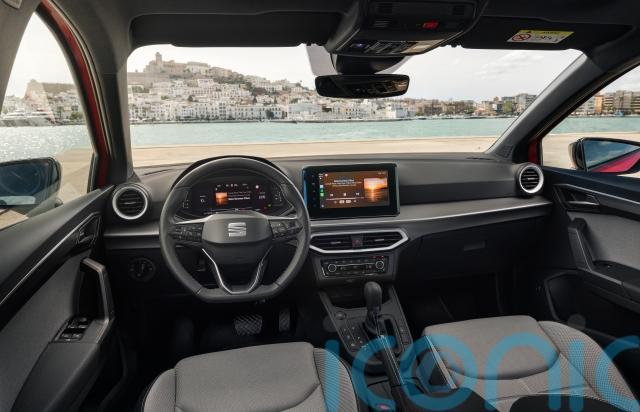
While the outside manages to deceive the Ibiza’s true age, it’s obvious what era the interior dates back to. That’s no bad thing, though, as it means there are proper knobs and buttons for pretty much everything, from the air conditioning to adjusting the cruise control on the steering wheel. It’s peak Volkswagen Group, and dates from a time when the carmaker really knew how to design simply laid-out interiors.
But – and you knew that was coming – it all looks just so… dull. Where are the bright colours? And, for that matter, where are the nice materials? It’s just a collection of hollow-sounding and scratchy-feeling black and grey plastics, while the infotainment screen looks like something from the Early Learning Centre. Back seat space is just average, but the 355-litre boot is surprisingly spacious.
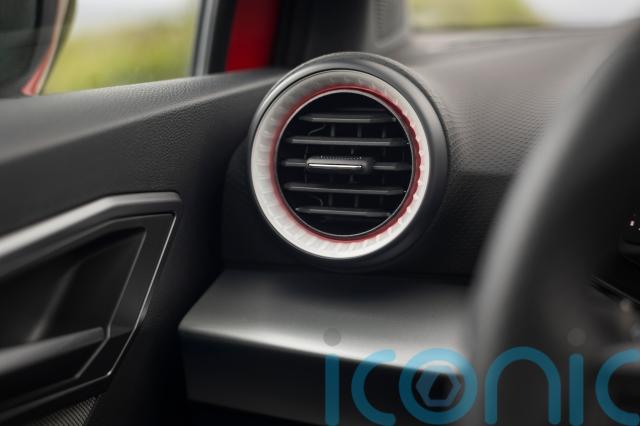
It’s all very familiar. The Xcellence and Black Edition trims are no more, but SE, SE Technology, FR First Edition and FR Sport return.
Equipment levels and prices haven’t been confirmed yet, but it’s likely that the SE will start from under £21,000 and come with alloy wheels, an 8.25-inch touchscreen with wireless Apple CarPlay and Android Auto, and an eight-inch digital cockpit. Range-topping models should come in at a little under £26,000.
Pricing will be key to realising Seat’s ambitions of appealing to younger buyers and occupying the entry-level brand within the Volkswagen Group. But, if Seat gets it right, the Ibiza will likely attract buyers on account of its sheer simplicity, and this will only grow when mild-hybrid versions arrive in 2026.
Compared to when this generation of Ibiza launched eight years ago, there are fewer superminis available on the market. This might be the time for the Ibiza to shine.
Subscribe or register today to discover more from DonegalLive.ie
Buy the e-paper of the Donegal Democrat, Donegal People's Press, Donegal Post and Inish Times here for instant access to Donegal's premier news titles.
Keep up with the latest news from Donegal with our daily newsletter featuring the most important stories of the day delivered to your inbox every evening at 5pm.